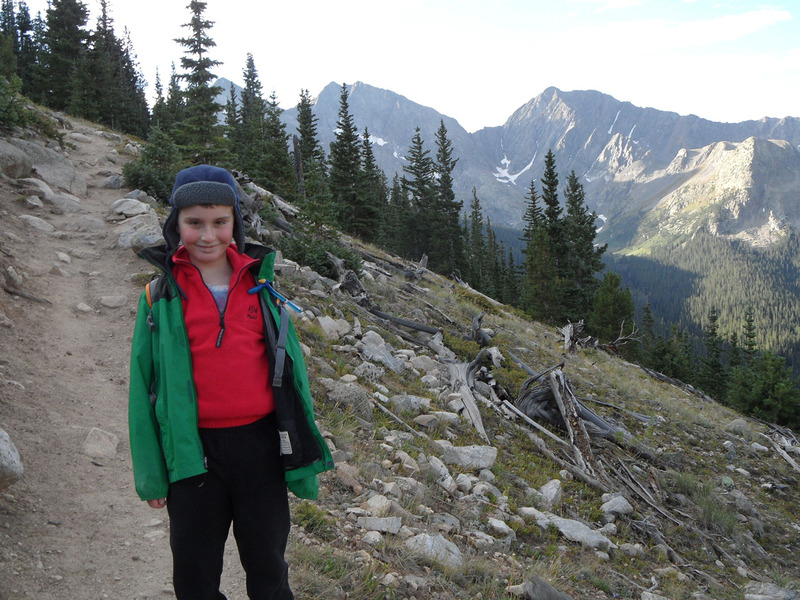The Local newsletter is your free, daily guide to life in Colorado. For locals, by locals.
In August 2015, REI launched a fundraising initiative for trail construction projects across the country. As part of the outdoor co-op’s “Every Trail Connects” campaign, the public was asked to vote online for one of 10 trails. REI promised to donate $5 per vote up to a maximum of $75,000 per trail. The sky-high participation blew the organizers away, and the campaign’s entire $500,000 budget was allocated within 38 hours. But only two projects reached the cap; one was an ambitious plan to build a sustainable route up to the summit of Mt. Columbia near Buena Vista, Colorado.
Mt. Columbia has long been one of the most dreaded of our state’s 54 fourteeners. The standard Horn Fork Basin route climbs a steep slope that’s covered with talus blocks—collections of broken rock fragments—floating atop ball bearing-like dirt, so for every few steps forward, you slip back a couple. Not only is this really unpleasant while ascending; it’s downright dangerous during the descent. Plus, people tend to veer off the main path to find more stable footing, trampling native plants and knocking down dirt and rocks in the process.

Despite its drawbacks, the climb up Mt. Columbia, like all of the state’s fourteeners, has exploded in popularity. With the state’s economy and population booming, more and more people are pouring into Colorado’s Rockies every summer, and 260,000 now ascend at least one fourteener annually. Recent estimates indicate that 3,000 to 5,000 people climb Mt. Columbia per year.
After a 1993 study showed that Colorado’s highest peaks were experiencing significant environmental impacts from recreational use, six organizations created a partnership called the Colorado Fourteeners Initiative to “preserve and protect the natural integrity of Colorado’s fourteeners.” Since 1994, CFI has built and maintained 31 sustainable summit routes up 28 peaks—and in the process it’s become a national leader in building high-altitude trails and restoring damaged alpine terrain.
In addition to trail construction, an important part of CFI’s mission is to educate visitors about how to lessen their impacts on fragile mountain ecosystems by practicing Leave No Trace principles, such as staying on the established trail and not cutting switchbacks.
Due to Mt. Columbia’s steep, loose slopes and the lack of building materials along much of the future route, this project is one of the most complex that CFI has ever coordinated. Now in the second of five years, the project is re-routing the trail’s middle section to the south onto a shoulder with gentler and more stable terrain to protect endangered alpine plants and dissuade hikers from taking shortcuts. During the next few years, crews working above 13,000 feet will connect this new segment with the existing trail to the summit and then close and restore the scarred slopes.
All told, the project is costing the CFI more than $750,000, with funding provided by REI, the U.S. Forest Service, the Colorado Parks and Wildlife’s State Trails program, as well as private donors. After its completion, not only will hikers have a safer route up the challenging mountain, but the CFI will have checked their most expansive project yet off their to-do list.
To find out more about the CFI’s current projects or to make a donation, visit 14ers.org.








